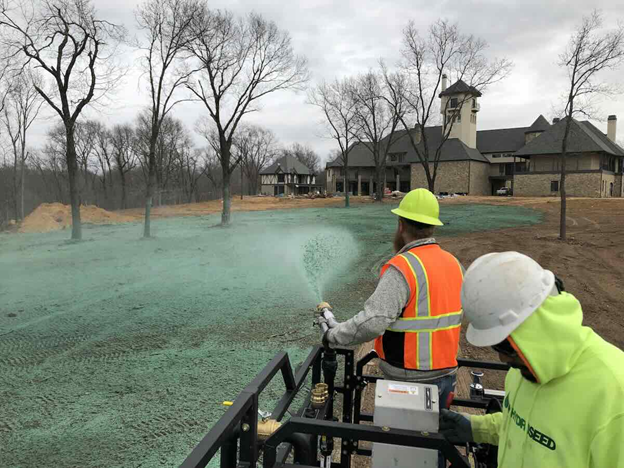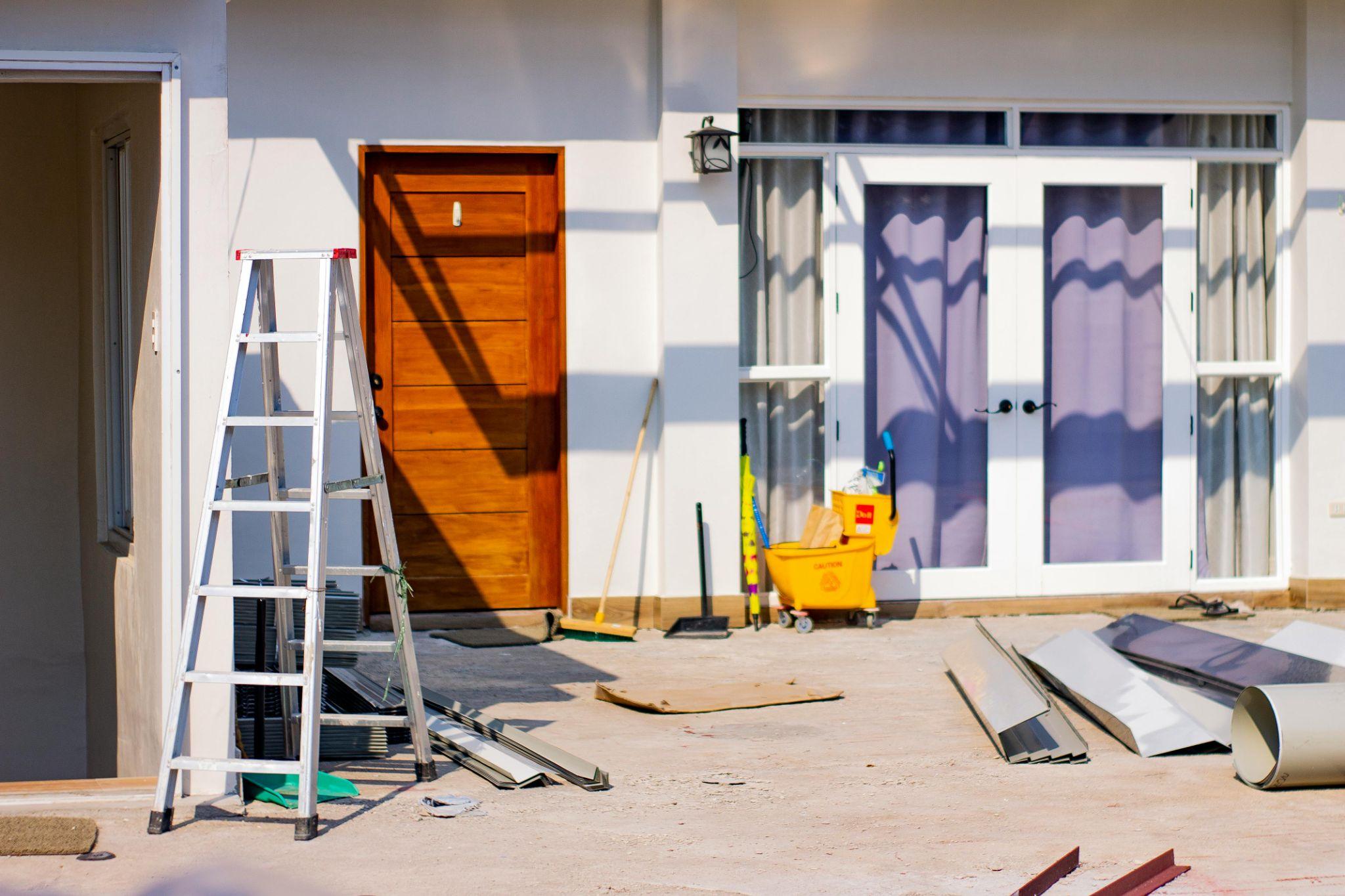The construction of an in-ground pool is an exciting endeavour that may turn your backyard into a cozy retreat for you and your family. On the other hand, if you are not well-informed on what to anticipate, the undertaking of construction might be extremely overwhelming. The purpose of this article is to act as a guide through each stage of the process of constructing an inground pool, ensuring that you enjoy a smooth journey through the process.
Planning and Design Phase
The tour begins with planning and design. This phase involves specifying your desired pool’s size, shape, and yard location. Working with a qualified pool contractor will help you understand zoning, safety, and local regulations. Including construction and maintenance costs in the budget is critical at this stage. Design software and 3D models from contractors can help you visualize your dream pool.
Site Preparation and Excavation
After design, excavation and site preparation follow. Depending on pool size and complexity, this stage may take days. Contractors will mark the pool installation site to match your design. After that, huge machinery will dig the hole to the desired depth. This work will be noisy and dusty. After excavation, contractors will assess the soil and landscape and make any necessary changes before continuing on.
Pool Structure Installation
After excavation, inground pools dothan construction can begin. The installation process depends on whether you choose a concrete, fiberglass, or vinyl pool. Fiberglass pools are lowered into the pit, whereas vinyl pools are built from panels. Concrete pools require plaster finishing and steel reinforcements, making the process more complicated. This phase focuses on your pool’s shape, including steps, seats, and other features. Installation usually takes a few days to weeks.
Plumbing, Electrical, and Pool Equipment
After building the pool’s frame, plumbing, electrical, and pool equipment are installed. Your pool’s safety and efficiency depend on this phase. Contractors will install water pipes, drainage, filters, and electrical systems including pumps, heaters, and lighting. Discuss automation system and pool light placement with your contractor. To ensure local code compliance, inspections may be needed before proceeding.
Decking and Landscaping
After installing pool infrastructure, landscaping and decking take precedence. To beautify your backyard, choose concrete, pavers, or wood for the deck. Landscaping includes plants, privacy screens, and outdoor chairs. This stage substantially improves pool area enjoyment and unifies the look. By adding drainage to the landscaping, water can flow away from the pool properly, preventing future issues.
Conclusion
The final details before the reveal are available! First, fill the pool, then balance the chemicals, place coping along the edges, and do final inspections. Construction will end and summer memories will begin with a celebratory pool opening when municipal inspectors agree. Communication between you and your contractor is key to a seamless inground pool design and installation. Have fun in your new home!




